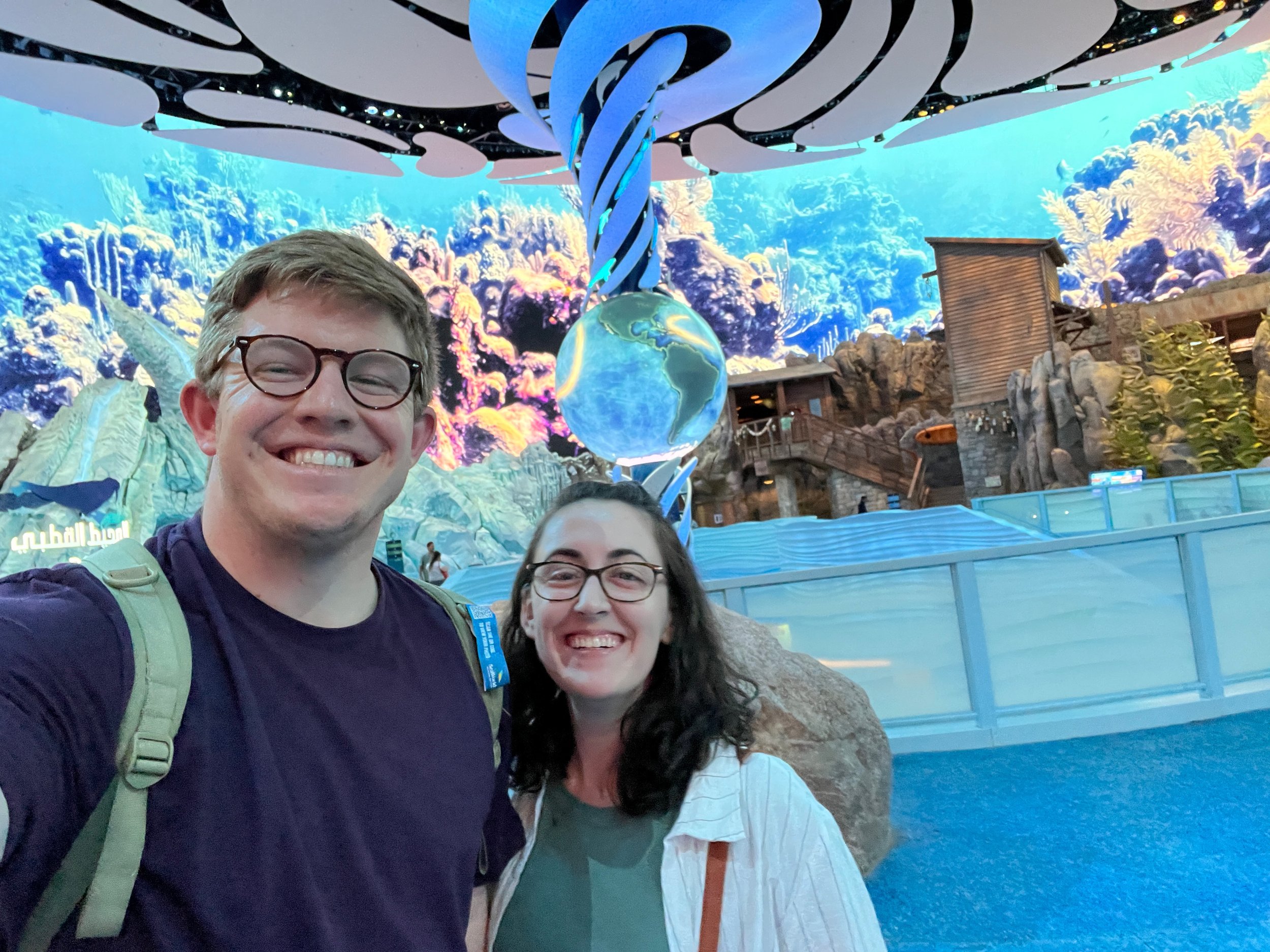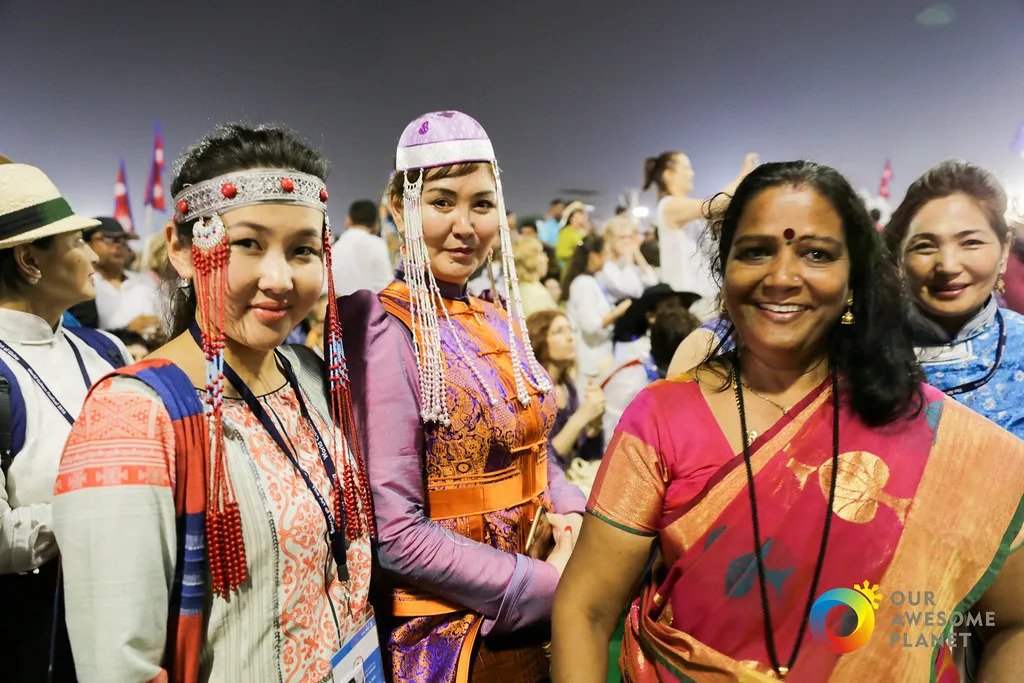

PGAV Group Trip - Taking in the amazing immersive screen at SeaWorld Abu Dhabi.

PGAV Group Trip - Photo with the coolest Starfish anyone?
Feature Story: NOVEMBER 15, 2023

From broadening our perspectives to deepening our bonds to celebrating a project a decade in the making, join us in a moment of reflection and thanksgiving for the collective spirit that propels us and helps create incredible memories.
When you step into a store in October, it's nearly impossible to miss the plethora of merchandise featuring vibrant skulls and lively colors, all in reference to the Day of the Dead celebrations. However, a question arises: Are these items genuinely respectful of the tradition and its significance, or are they merely exploiting the occasion for commercial gain?
Empathy is an extraordinary tool—and it can be nurtured and expanded. In this week’s Destinology, we explore how attractions can broaden horizons and inspire empathy. Dive into the transformative potential of travel. Hear about how PGAV is harnessing these tools and embarking on a quest to connect, learn, and grow.
We recently spoke with Jason Hartsfield, a Disability Inclusion Consultant at the Starkloff Disability Institute, who is deeply passionate about promoting empathy in design. Driven by professional commitment and personal experience, Hartsfield highlights empathy's role in creating authentic and inclusive designs that address the diverse needs of people with disabilities.
We’re exploring the complexity of cultural appropriation vs. appreciation in design. Empathy is crucial in creating meaningful connections with diverse cultures, avoiding stereotypes, and respectfully incorporating cultural elements into designs. We know it can be difficult to navigate, but it’s important to discuss. Let’s take a closer look.
When you think of demographics, surveys, and focus groups, do you think of empathy in design? While data might sound like something you put on a bar graph, conducting thorough research about visitors helps us better understand the people we are designing for. Learn more about visitor research and how it enables us to create more empathetic and user-centered designs in this week’s Destinology.
The Americans with Disabilities Act was passed over 30 years ago. While groundbreaking, we can do more to design accessible and inclusive attractions. Designing with empathy includes designing for people with disabilities—seen and unseen. In this week’s Destinology, we hear from Allison Zuck, who lives with an unseen disability, on the challenges and importance of inclusive designs.
Everyone loves the rush of the wind in their hair as they plummet down a monstrous drop and careen toward an inverted loop, right? Well… no, not everyone. Plenty of visitors get weak in the knees at the mere sight of a roller coaster. Designing with empathy means including all visitors in our plans, not just the all-in-go-zero-to-60, ready-to-swim-with-sharks visitors.
Empathy in the design process allows authentic, representative, and inclusive designs. That translates to the attraction experience. Over the next few weeks, we’ll explore empathy and its impact on designing attractions, including using audience research to help understand our guests and avoid cultural appropriation.
















